Intellectual Property & Copyright
Intellectual Property & Copyright
Rowan-Cabarrus requires all employees and students to comply with state and federal laws applicable to copyright. Applicable copyright laws and license agreement provisions shall be observed with respect to the acquisition, use, production and distribution of protected materials in any format or medium in all Rowan-Cabarrus Community College facilities.
Employees and students are prohibited from copying materials not specifically allowed by:
- the Copyright law (including Fair Use, Teach Act and Digital Millennium Copyright Act guidelines),
- licenses or contractual agreements, or
- other permission.
For more information, see the official Rowan-Cabarrus Intellectual Property & Copyright policy.
What is copyright?
“Copyright is a form of protection provided by the laws of the United States (title 17, U.S. Code) to the authors of ‘original works of authorship,’ including literary, dramatic, musical, artistic, and certain other intellectual works. This protection is available to both published and unpublished works.” (Source)
What are the penalties?
Copyright Law of the United States of America and Related Laws Contained in Title 17 of the United States Code, Circular 92, Chapter 5 – Copyright Infringement and Remedies. (Source)
How to Investigate Copyright Status
Most works published after 1923 (except those authored by the U.S. Government) should be presumed to be copyright protected, unless there is information or notice from the copyright holder that the work is in the public domain. Copyright Office Circular 22 explains how to determine the copyright status of a work. (Source)
Suggested Intellectual Property & Copyright for Rowan-Cabrrus Community College Course Syllabi or Websites
“The materials in this course are only for the use of students enrolled in the course for purposes associated with the course”. Copyrighted course materials may not be further disseminated. Learn more about copyright restrictions in the Rowan-Cabrrus Community College Intellectual Property & Copyright.
What is fair use?
The concept of “fair use” limits the copyright owner’s exclusive rights to allow fair use of the work for educational, scholarly, and informational purposes. However, every Appendix 1.31-F Revised: 7/28/08 Page 2 of 2 educational use is not fair use. Publishers and the academic community have established a set of educational fair use guidelines to provide “greater certainty and protection” for teachers. While the guidelines are not part of the federal Copyright Act, they are recognized by the Copyright Office and by judges as minimum standards for fair use in education. The educational use guidelines can be found in Circular 21, provided by the Copyright Office.
The four factors commonly used to help determine fair use are:
- the purpose and character of your use;
- the nature of the copyrighted work;
- the amount and substantiality of the portion taken;
- the effect of the use upon the potential market.
If you are not certain if your materials meet the fair use guidelines, consult with the Learning Resource Center, or the Director of Media Services. (Source)
Getting Permission
Permission is needed if the work is protected and does not qualify under fair use, or the work has not been licensed for use online. (Source)
Types of Works
This 2002 chart from Technology and Learning includes print, still visuals, video, music, software, television and Internet sources. Chart of Copyright and Fair Use Guides for Teachers. (Source)
For More Information
The following organizations provide information about copyright.
- Library of Congress, U.S. Copyright Office
- Copyright Clearance Center
- Consortium of College and University Media Centers
- Creative Commons – offers flexible copyright licenses for creative works
- Stanford University Library
